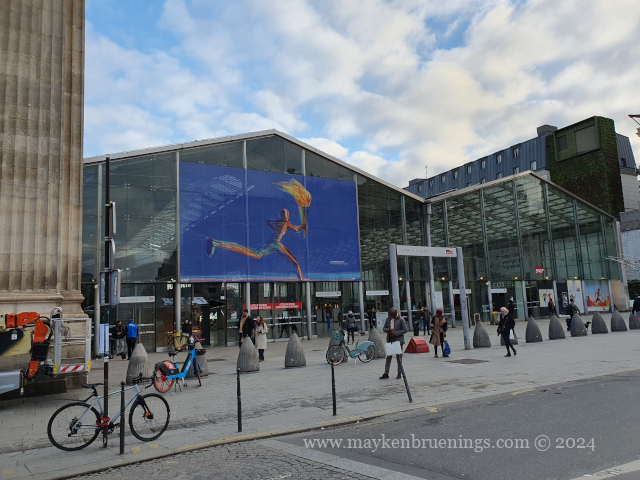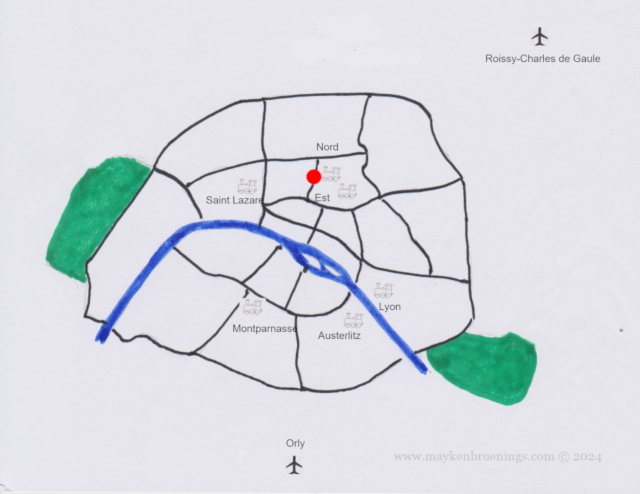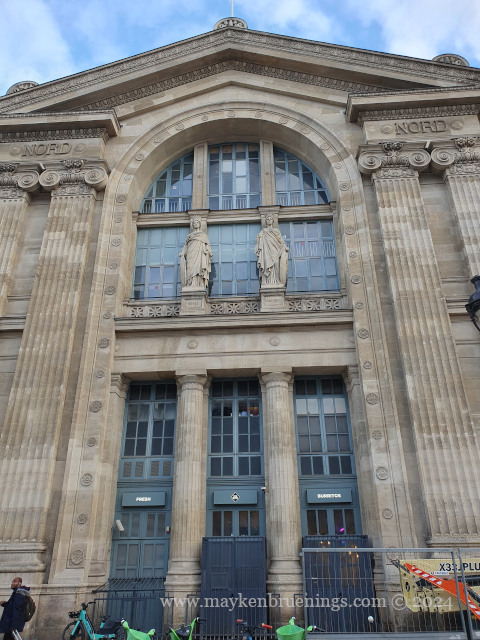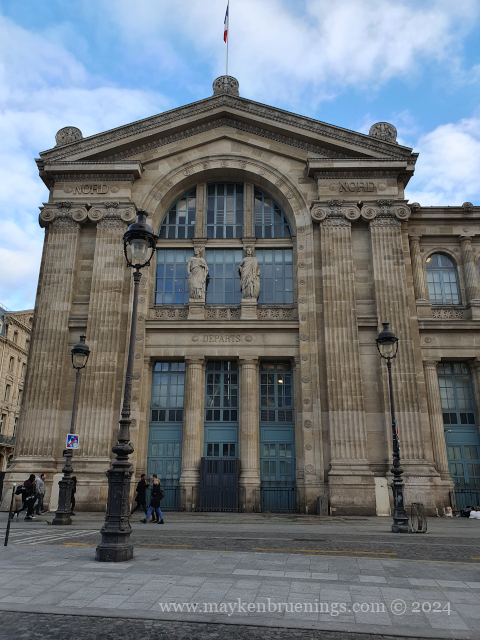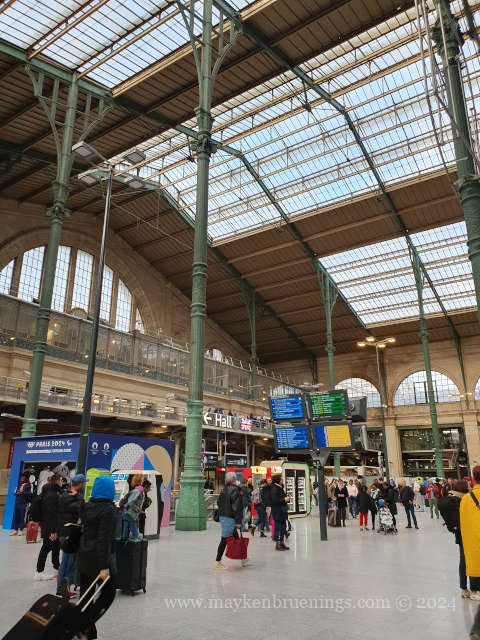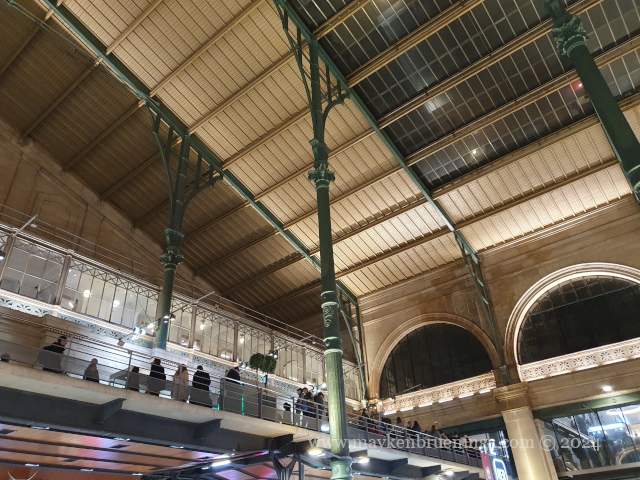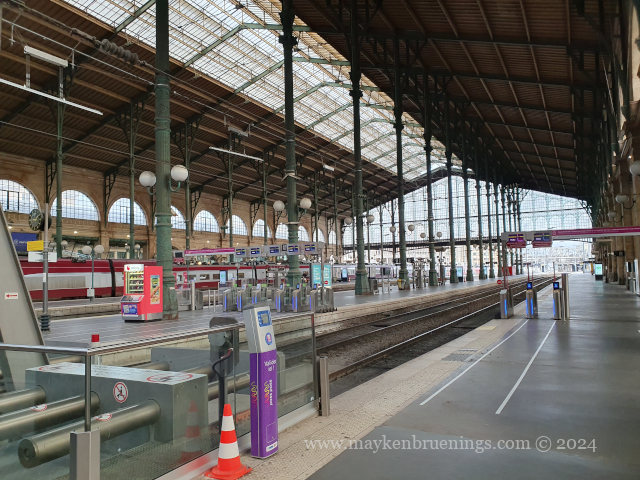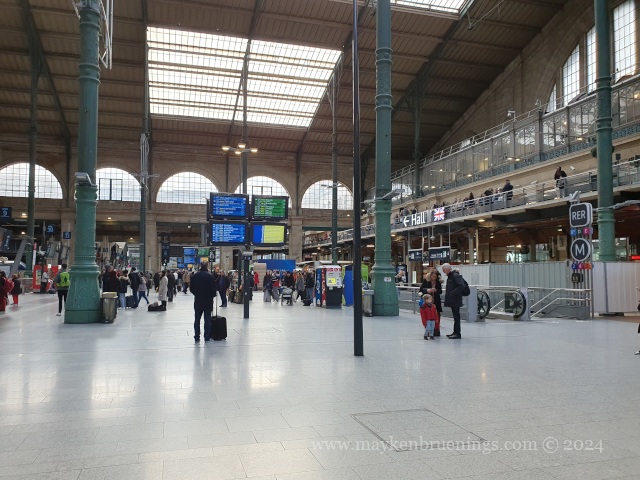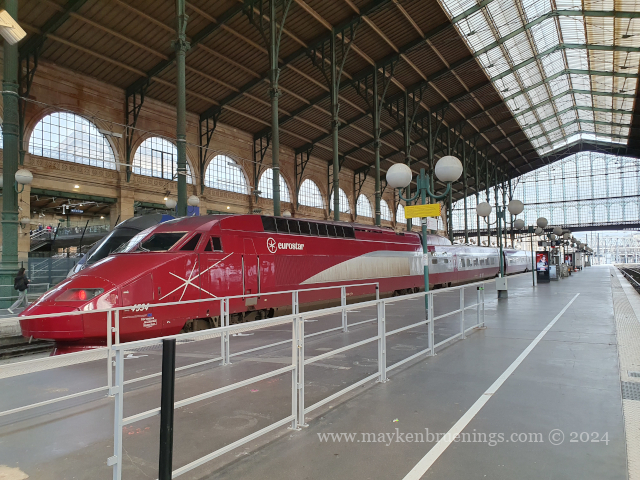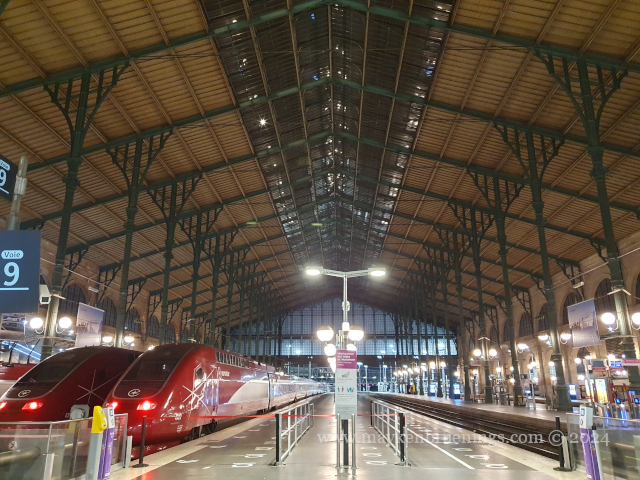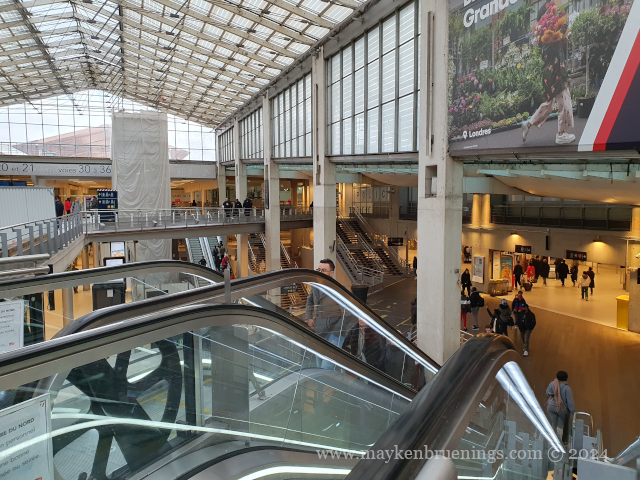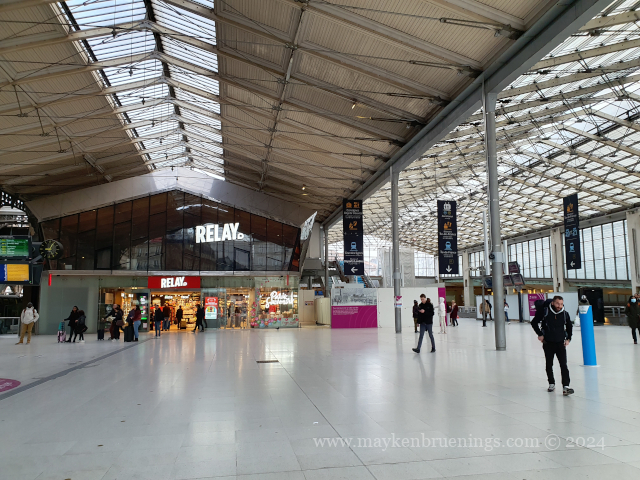Gare du Nord is both the busiest and the most international of the six Paris train stations.
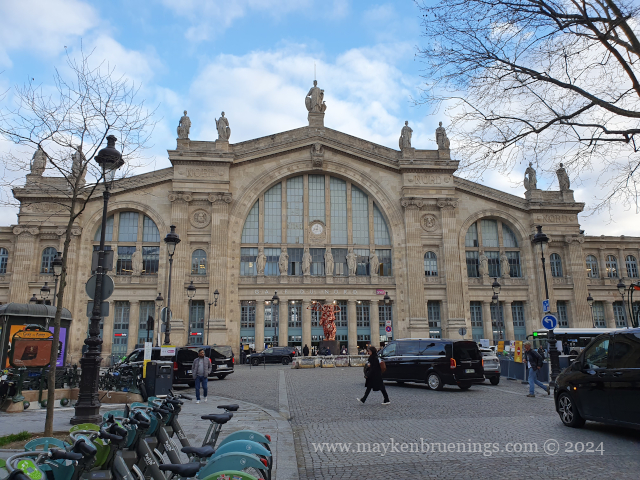
It was opened in 1846. Today, according to SNCF estimations, nearly 300 million travelers pass Gare du Nord every day, on SNCF trains, Eurostar train, and RER trains, not counting the three metro lines stopping at Gare du Nord (lines 4 and 5) and nearby La Chapelle (line 2, linked via a pedestrian tunnel).
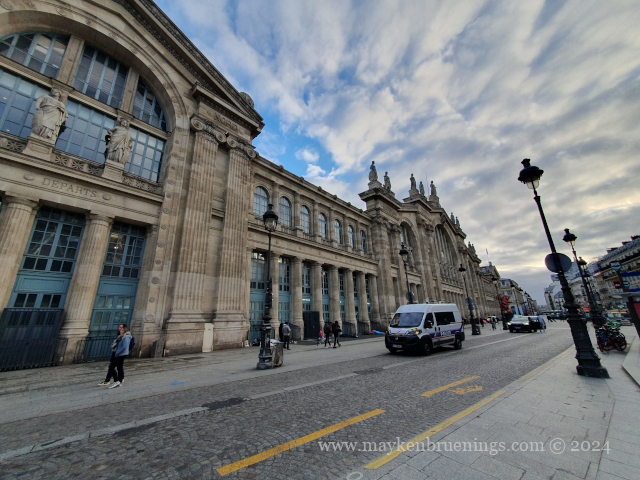
The Gare du Nord building is on the list of historic monuments. When it was enlarged in the early 1860s (and the façade was moved to Lille), most of the columns were made in Glasgow (Scotland) whose foundry plant was the only one capable of creating pieces that size.
The long distance trains connect Paris to northern France, notably Lille. The train station Lille Flandres inherited part of the old Gare du Nord building when the latter was enlarged. However, the Eurostar train linking Paris to London via Lille, stops at the newer Lille Europe station.
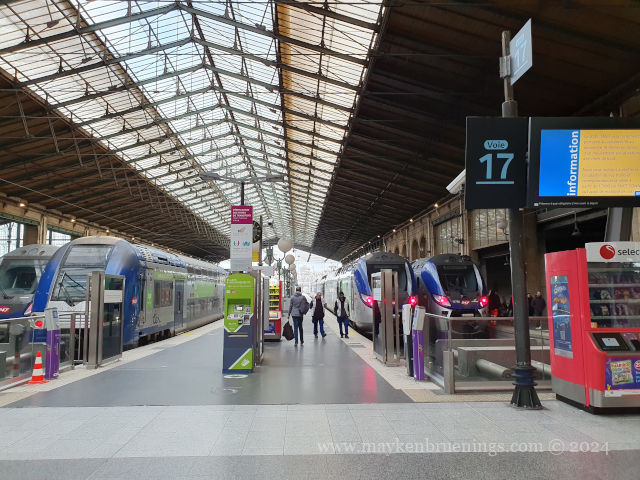
Since the United Kingdom is not part of the Schengen area, passengers taking the Eurostar to London have to go through customs and passport checks in a separate area on the +1 level in the main hall.
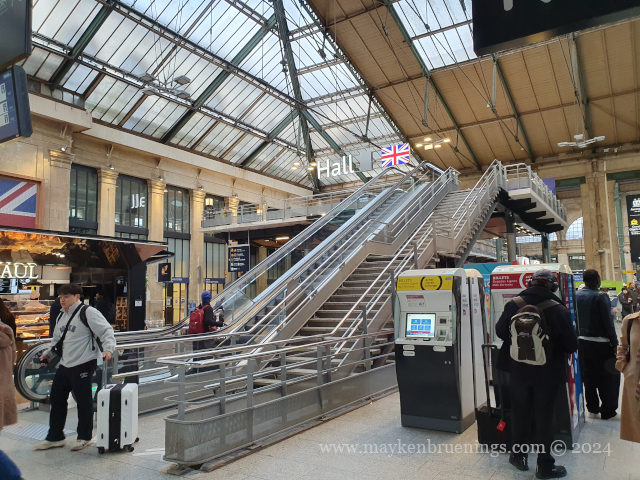

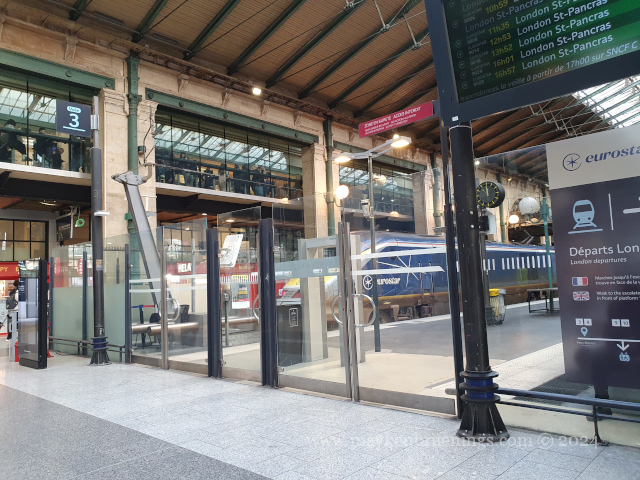
The continental Eurostar, formerly known as Thalys, connects Paris to Brussels (Belgium) and from there, Amsterdam (Netherlands), or Cologne and Dortmund (Germany). Since all these countries are part of the Schengen area, no passport checks are required and the passengers can access the platforms and trains without any barriers on ground level.
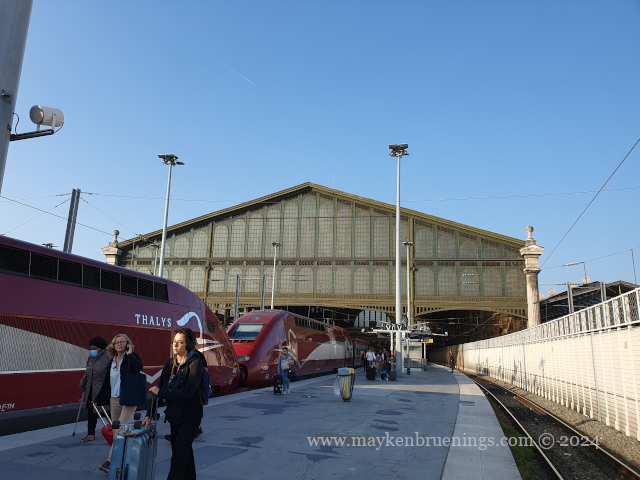
Suburb trains can be found in the newer glass-roofed hall on the eastern side of the historic building. This is also where numerous escalators lead to the lower levels and the RER and metro trains serving Gare du Nord.
